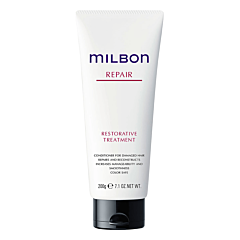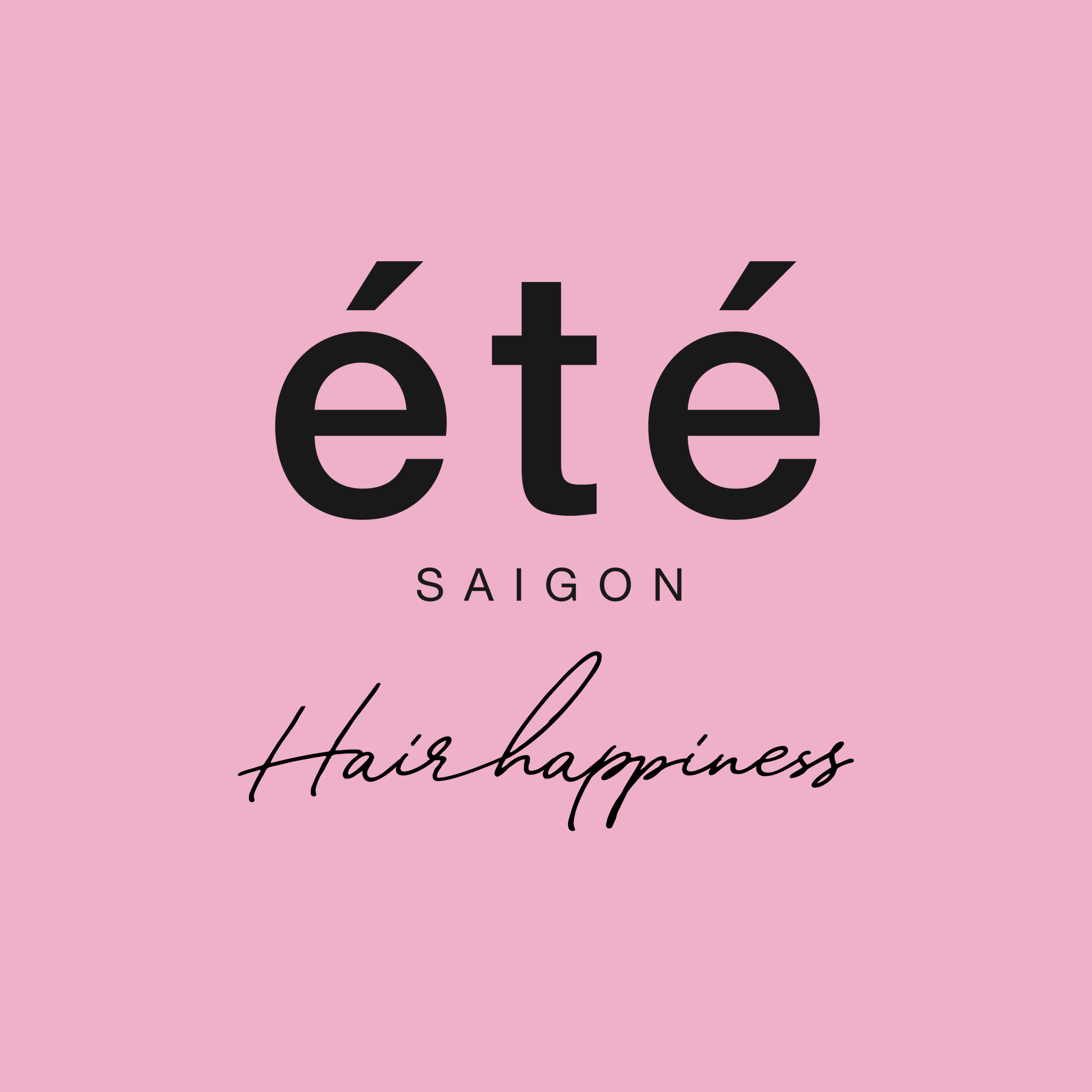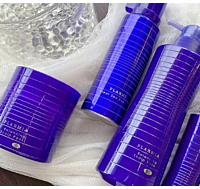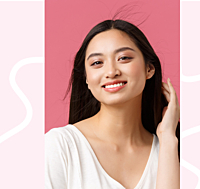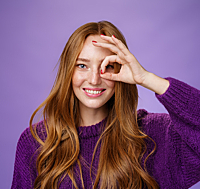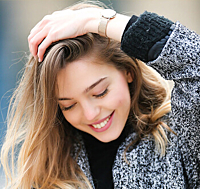How Does Your Natural Hair Change With Age?
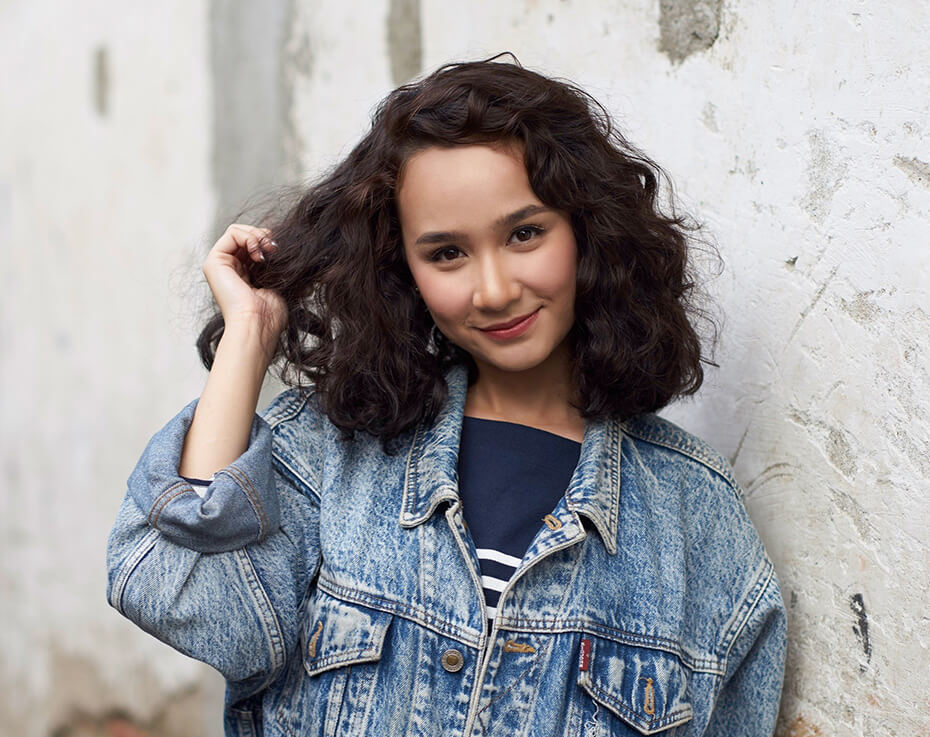
As we age, our entire body including the hair has to go through many changes. Between the age of 25 and 40, our hair’s natural aging process begins. As we enter this process, our hair normally undergoes noticeable differences. There are changes in the hair color, texture or the density of hair on your head. However, it may be subtle for some people, which means it is hard for them to recognize the differences. This article will help you to clarify how your hair changes with age.
1. Changes in hair color
“Going grey” or grey hair is one the first clearest signs of the aging process. The color of our hair is due to a pigment known as melanin which is produced by the hair follicles. To be more specific, there are 2 types of melanin that together determine our natural hair color - Eumelanin and Pheomelanin. Eumelanin is responsible for how dark our hair is, in other words, people having lots of Eumelanin tend to have darker hair. In contrast, Pheomelanin affects the warmth of our hair. Throughout the process of aging, the follicles produce less melanin, which makes our hair turn grey. Normally, it often begins to go grey at the temples, and this pattern then extends to the top of our scalp.
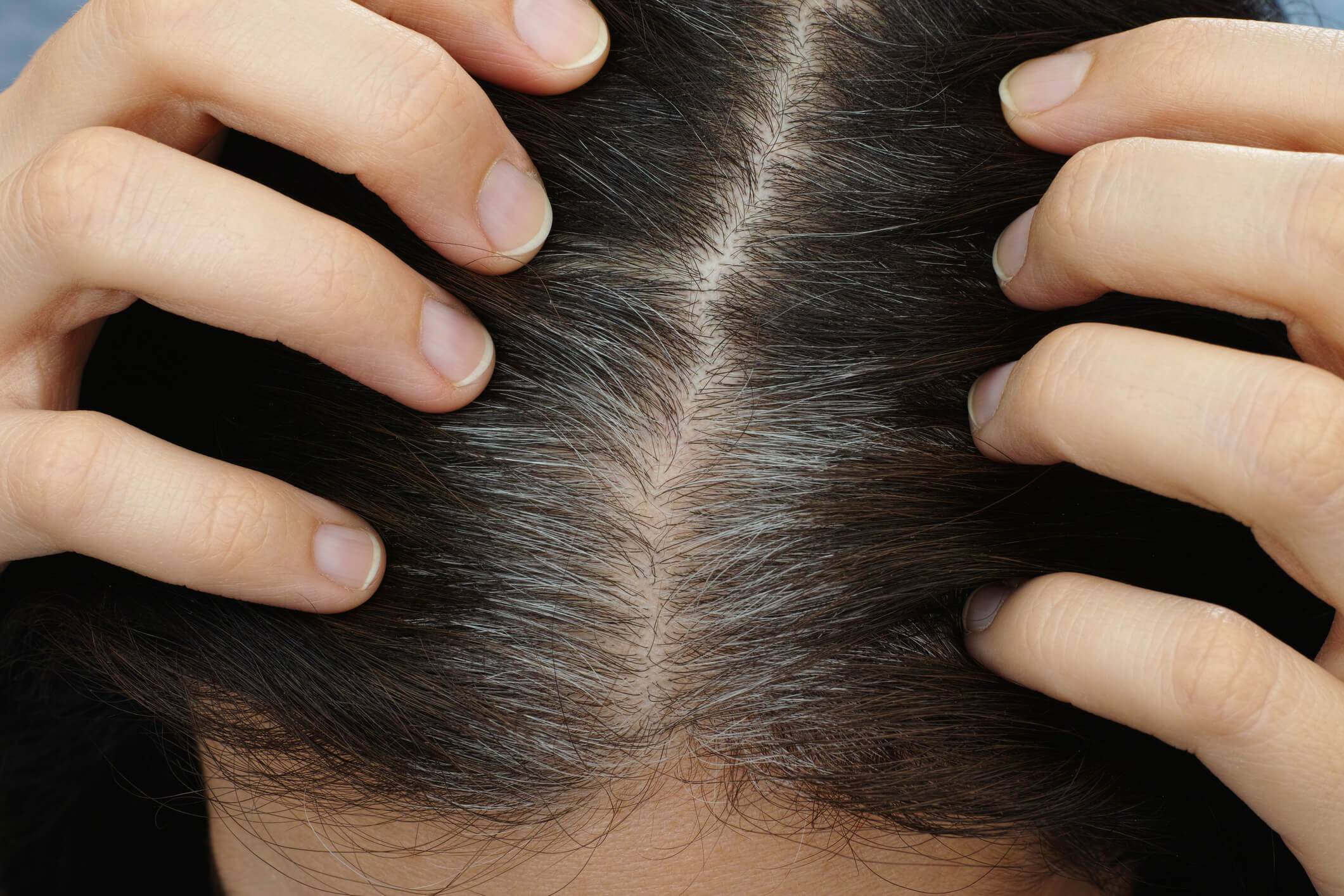
Hair turns grey as a result of aging
Our genes play an important role in determining the age at which this happens. While some may notice these first grey hairs in their 20s, most people find their hair going grey late in their 30s. By the age of 50, many people will have a significant amount of grey hair on their head. Hair color will become lighter throughout time, and turn white eventually.
Milbon Replenishing Shampoo nourishes dry and damaged hair. This superior hydrating shampoo creates a rich gentle lather to replenish moisture, leaving hair looking luminous and color more vibrant. Condition with Replenishing Treatment for best results.
2. Changes in hair texture and thickness
Under the effect of aging, nearly everyone has to experience some hair loss. The rate of hair growth is also slower. In other words, the thickness of hair begins to change. In the process of aging, your hair strands become smaller as well as have less pigment. This leads to the fact that the thick hair of a young adult eventually becomes thin, fine and light-colored. Moreover, the hair follicles are likely to produce thinner, smaller hairs or even none at all. This is referred to as the senescent alopecia which is an otherwise natural part of the aging process.
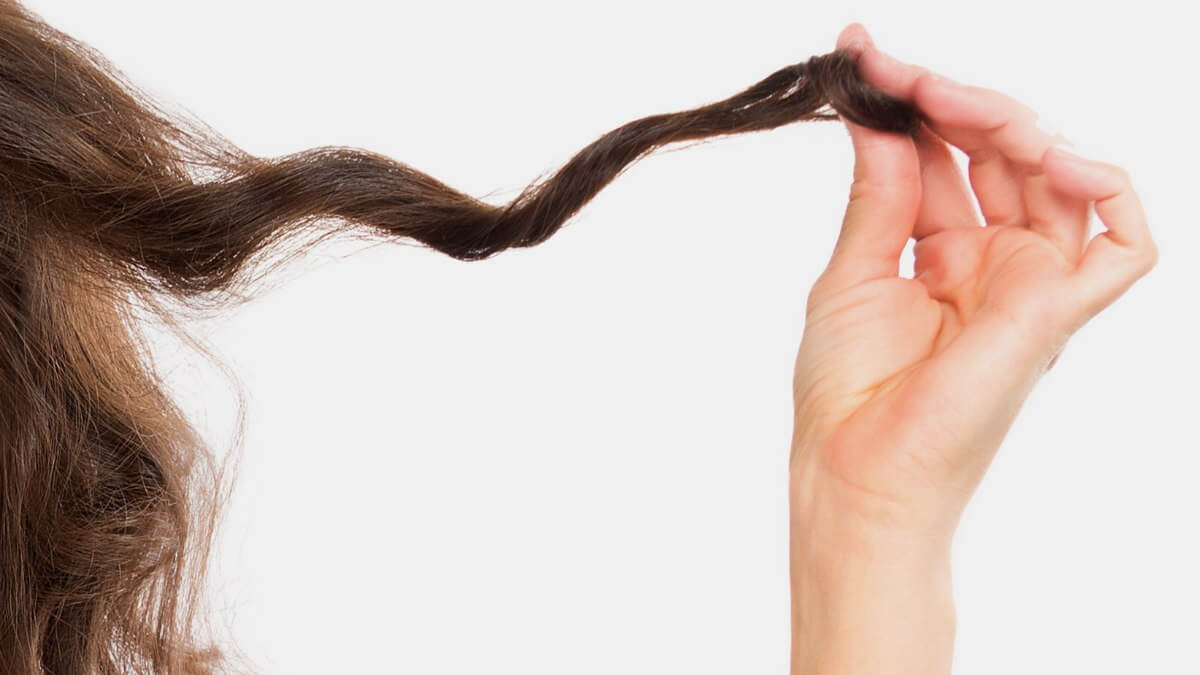
Changes in hair texture as we age
Hair texture is another element which has to experience the effect of aging. As we age, our hair tends to lose its natural shine and lustre, which makes it seem lifeless and dull. This is owing to the reduction in natural moisture as well as the changes in the surface of the hair shaft. Moreover, because of the melanin reduction, the hair texture becomes rougher and coarser. In addition, texture changes can also be triggered by age-related hormonal fluctuations. This type of age-related problems may occur during the menopause in females, for example. Also, mature hair is often drier than the younger one. As a consequence, the hair loses its natural moisturizing and protective layer, making it less manageable and difficult to style.
3. Thinning hair as a result of aging
Thinning hair is also known as a frequent problem in mature hair. No matter how thick your hair is, it gradually changes and gets thinner with age. Firstly, the density of hair starts to decrease. With aging, we are likely to find our hair grow much finer which can be followed by hair loss. As we get older, the average hair loss rate of 100 hairs per day increases. This is because the hair follicles are no longer able to replace the lost hairs as quickly as in younger years. Eventually, this results in a thinning of hair on the crown of our head, which makes the scalp more visible.
Particularly for females, you can easily notice that your hair is getting thinner when entering the menopause. Female hormones called oestrogens has been proved to be “hair friendly”. In other words, it helps to keep hair in their growth phase for the optimal length of time. Once menopause starts, the oestrogen level dramatically drops, which makes the hair become thinner.

Thinning hair
Thinning hair can also have an impact on the hair texture. As hair becomes thinner, it begins to lose volume and elasticity, which makes it more brittle. Especially with the hair which has repeatedly been treated with chemicals of heat, the thinning process will make it prone to breaking.
Developed especially for thinning hair and those with lack of density, this weightless, carbonated treatment mousse effortlessly lifts roots – activated by heat – to create natural fullness, restoring youthful looks.
Conclusion
Aging is a process which all of us have to go through. Also, the effects of the aging process on the entire body including our hair are no doubt inevitable. However, just because your hair is not the same as before does not mean that it is not gorgeous. Remember this, ladies: You’re beautiful just the way you are!

